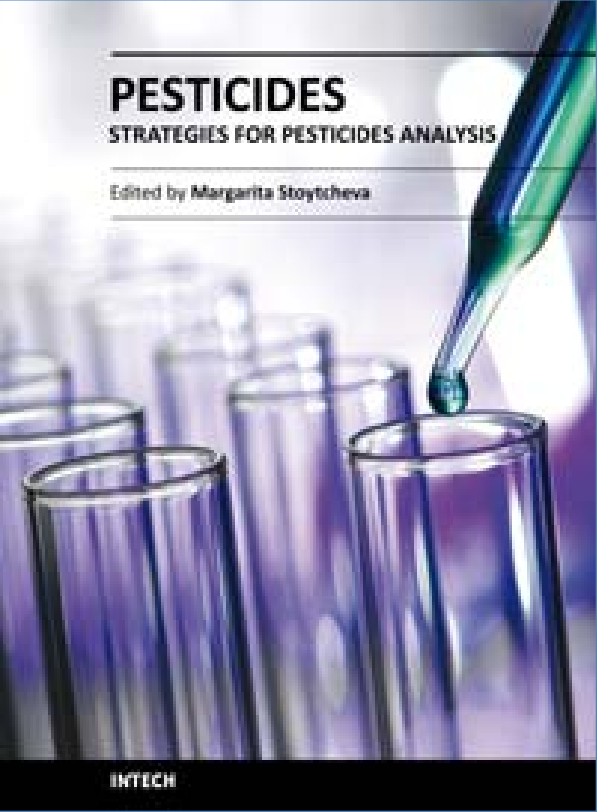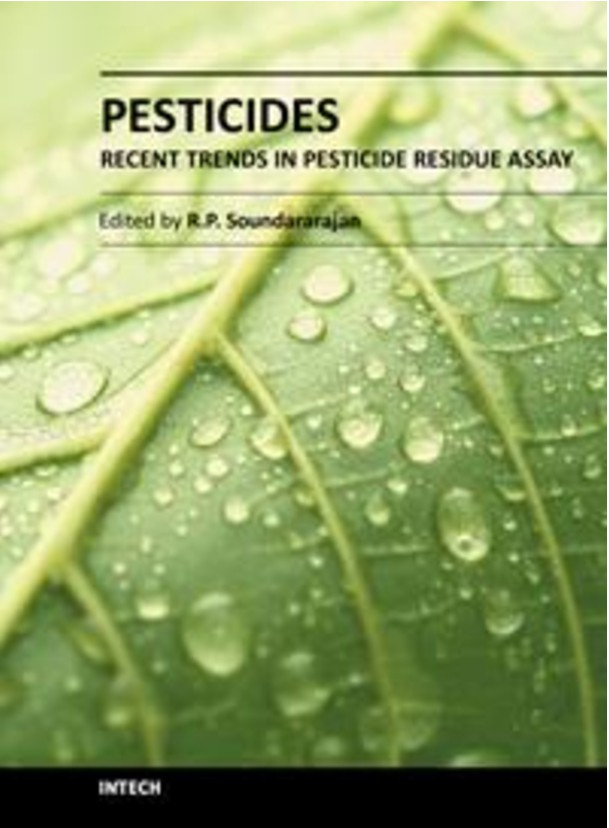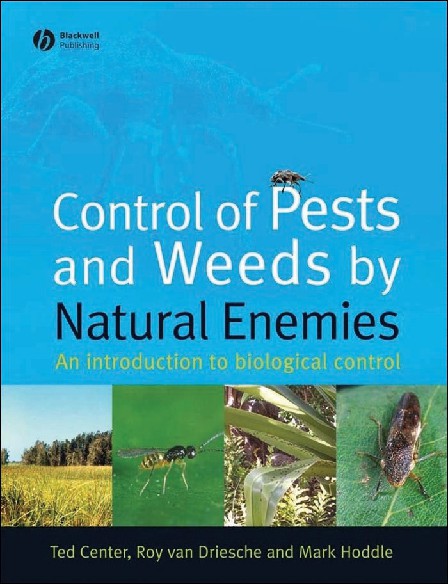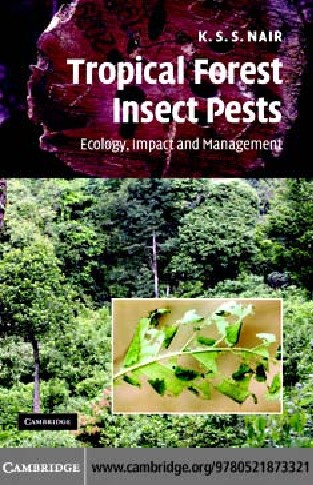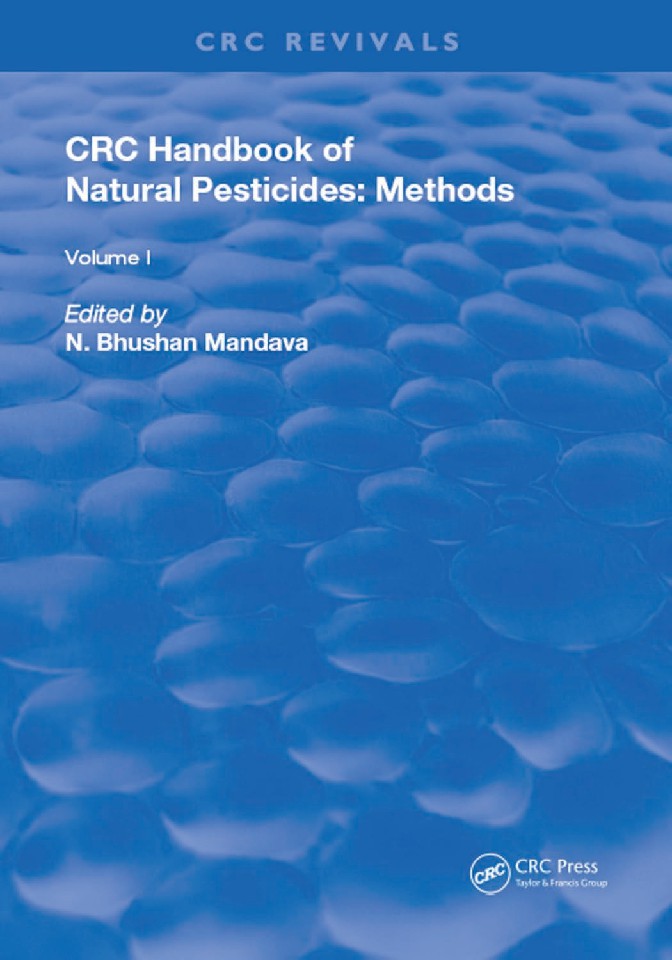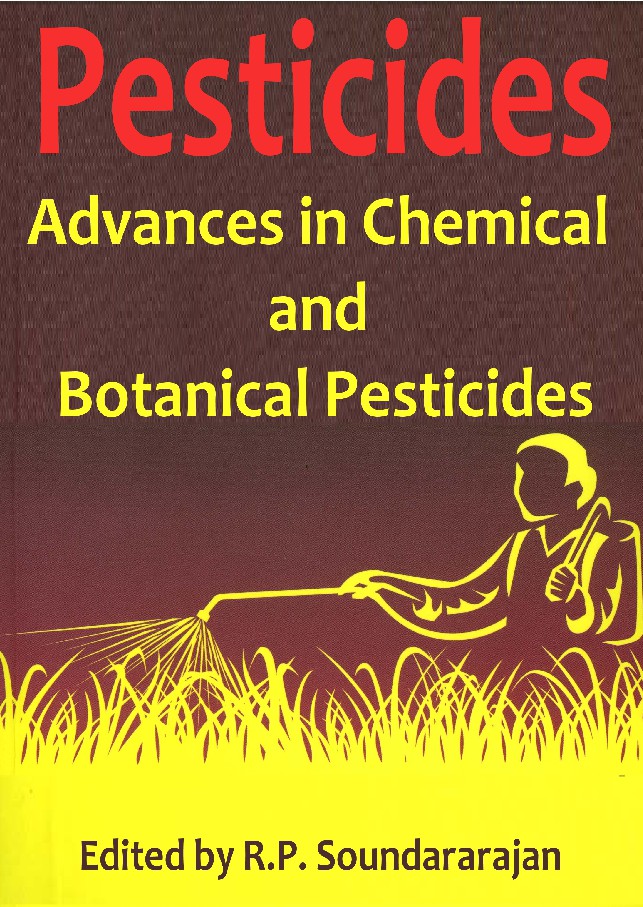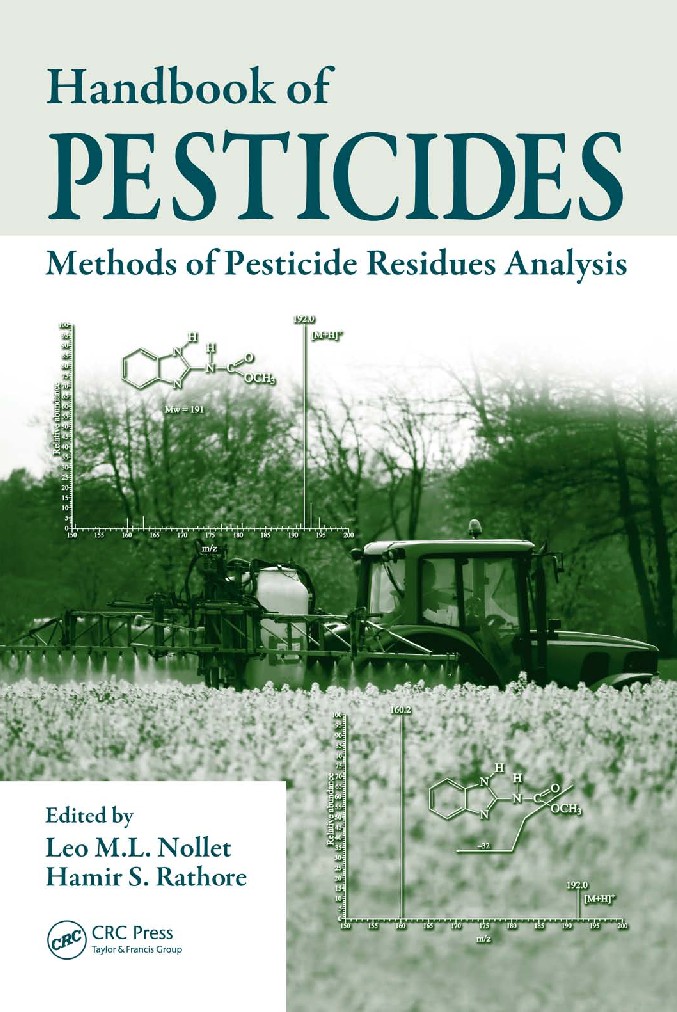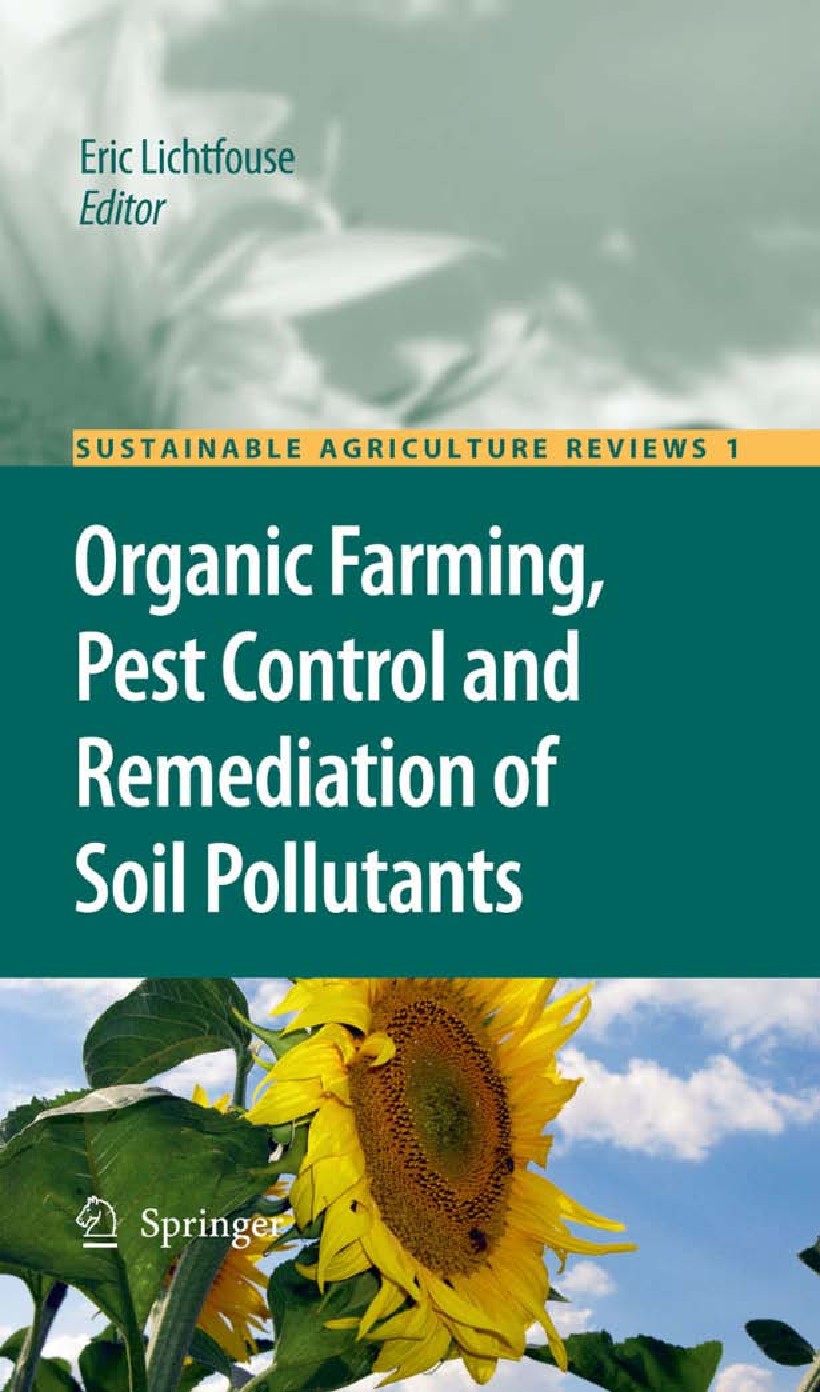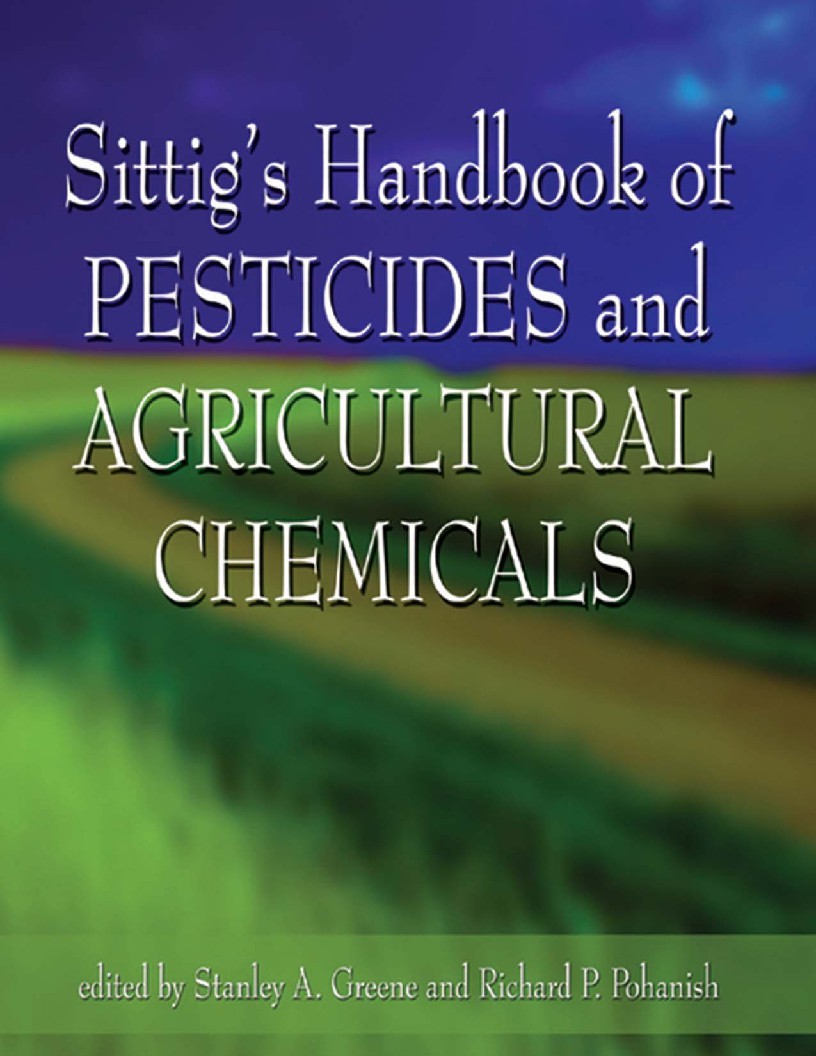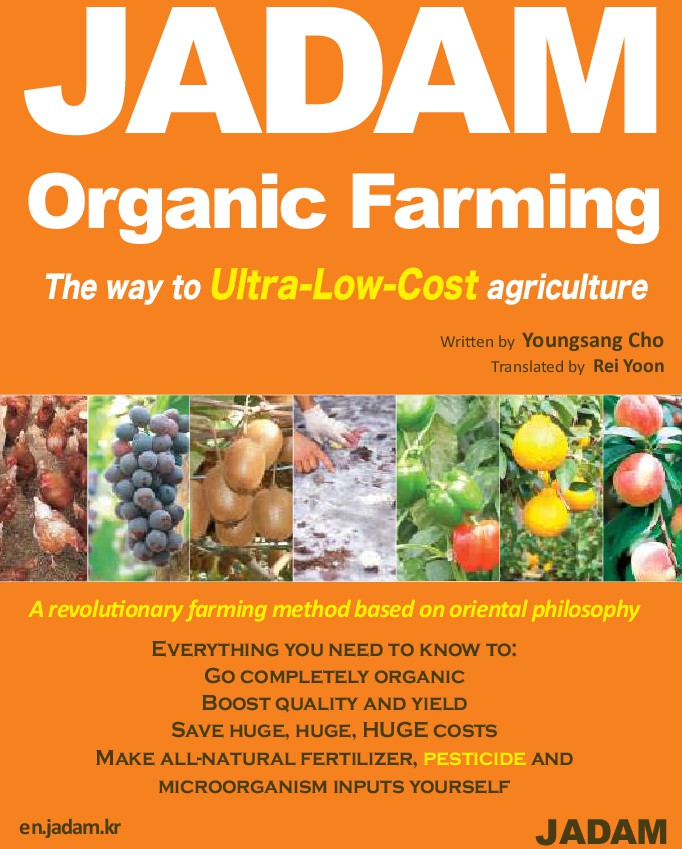Book Details

Integrated pest management in tropical regions
The Tropics, geographically limited in latitude
by the Tropic of Cancer (to the north)
and the Tropic of Capricorn (to the south),
are characterized by limited seasonal differences,
with a mean warm to high temperature
and a high humidity level almost all
year round, at most with difference between
a dry and a rainy season (McGregor and
Nieuwolt, 1998). Plant diversity and biology
are influenced by these peculiar climatic
conditions and herbivores may develop
almost continuously throughout the year
in these regions, showing homodynamic
cycles and high biodiversity, whatever their
trophic habits.
Slightly similar features are shown by
the Subtropics, which extend from the
Tropics to the temperate regions (to about
40° latitude) and are characterized by warm
to hot summers and cool to mild winters,
thus with a well-defined seasonality but
with almost rare frost (Rohli and Vega,
2015). This relative similarity between
Tropics and Subtropics allows frequently
tropical crops to be cultivated also in subtropical
areas, with only gradual smooth
changes of cultural contexts with increasing
latitude and some overlap of agroecological
environments, including the species composition
of pests, their population dynamics
and phytosanitary importance.
Author: Carmelo Rapisarda and Giuseppe E. Massimino Cocuzza
Pages: 361
Issue By: eBook 707
Published: 3 years ago
Likes: 0
